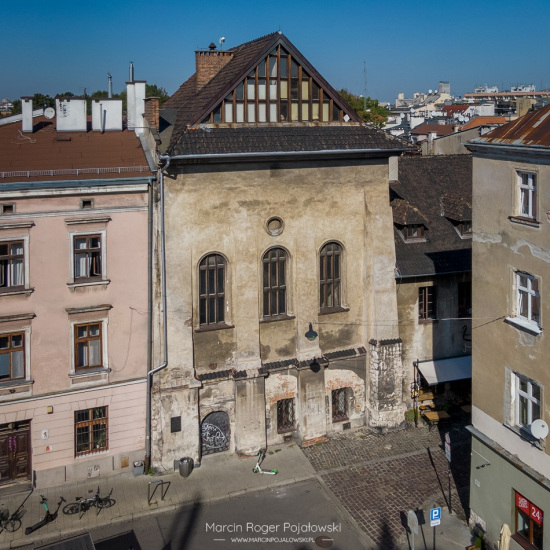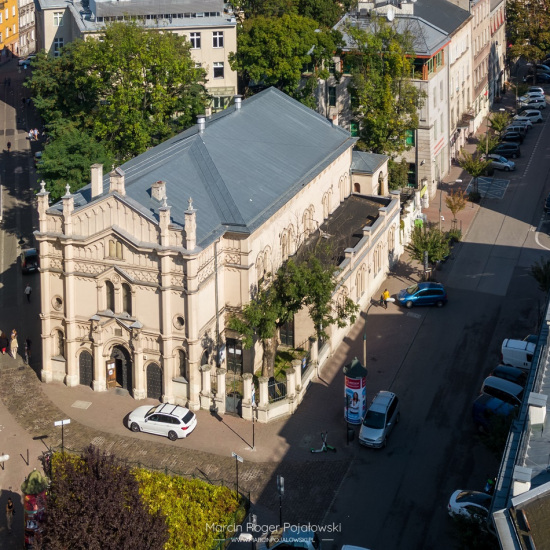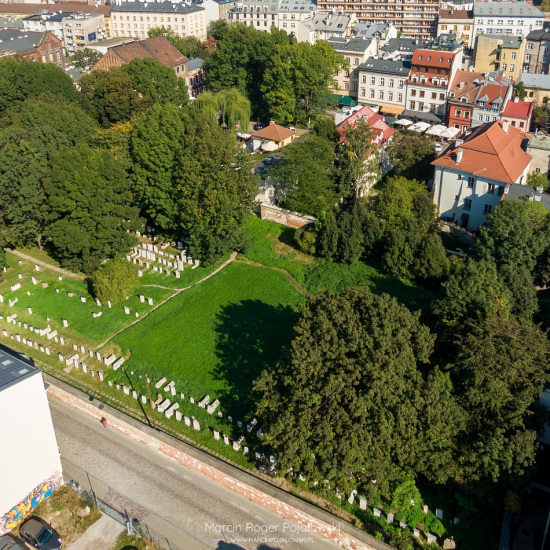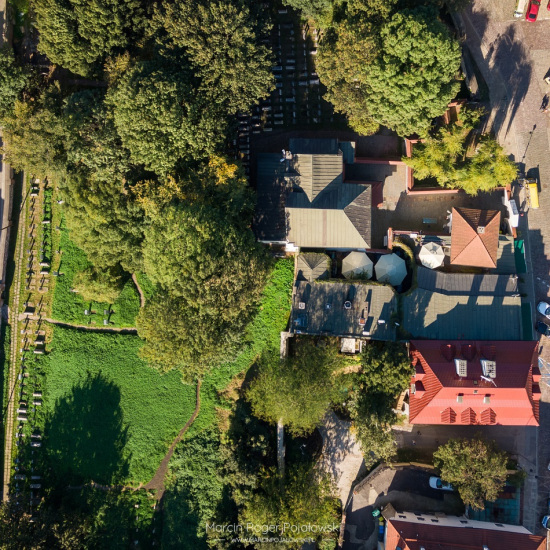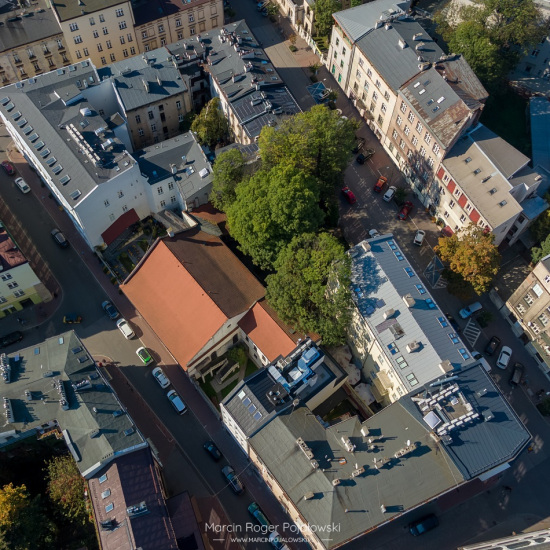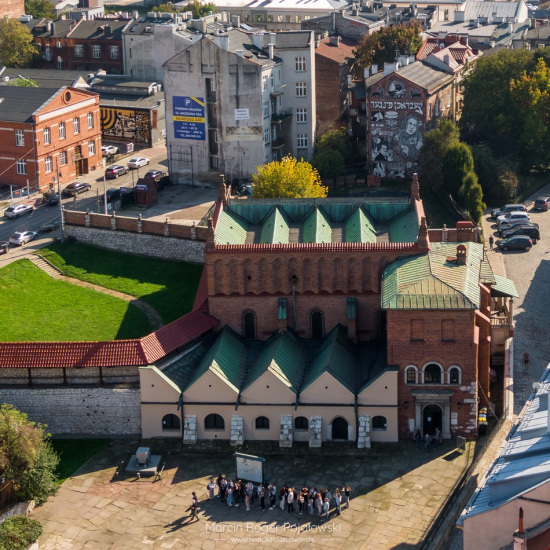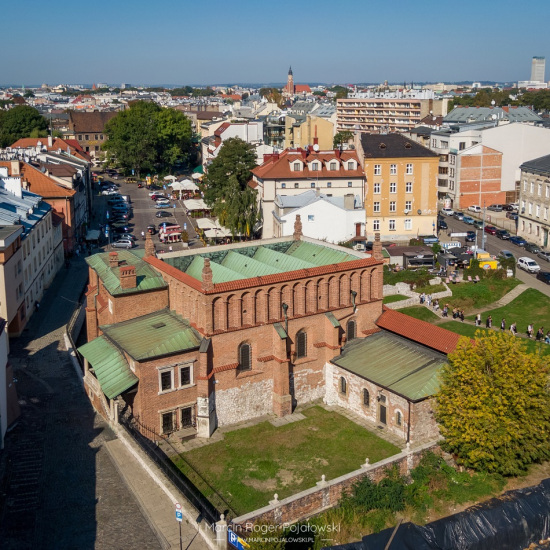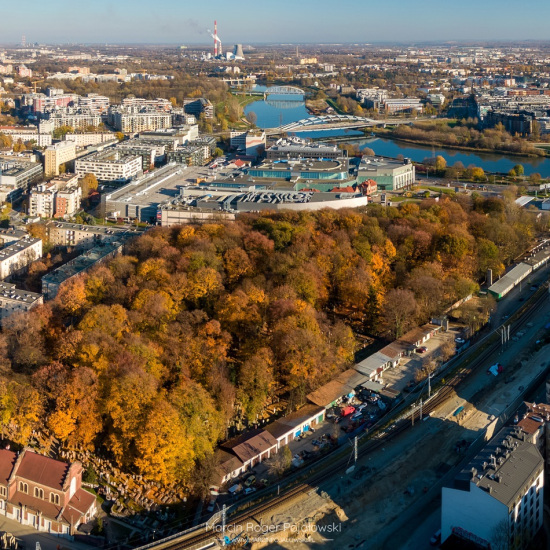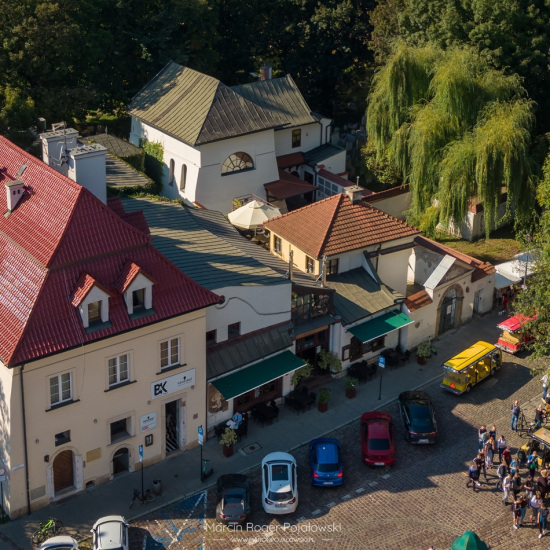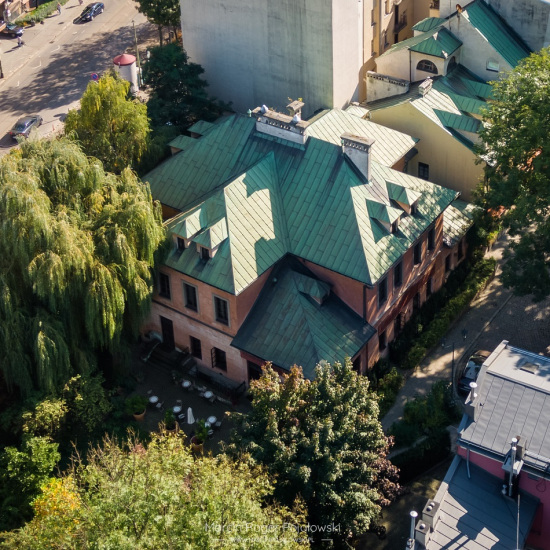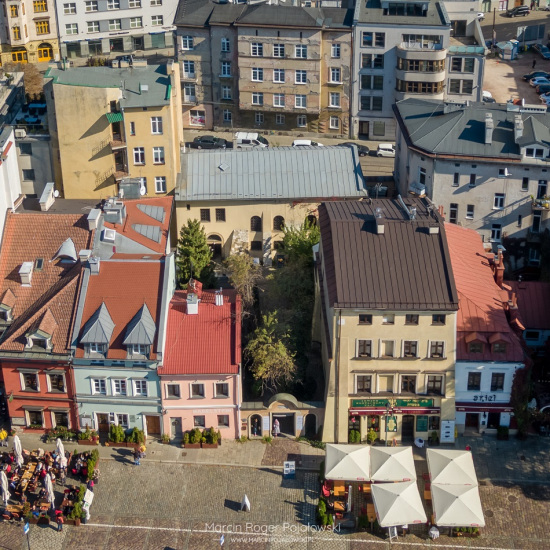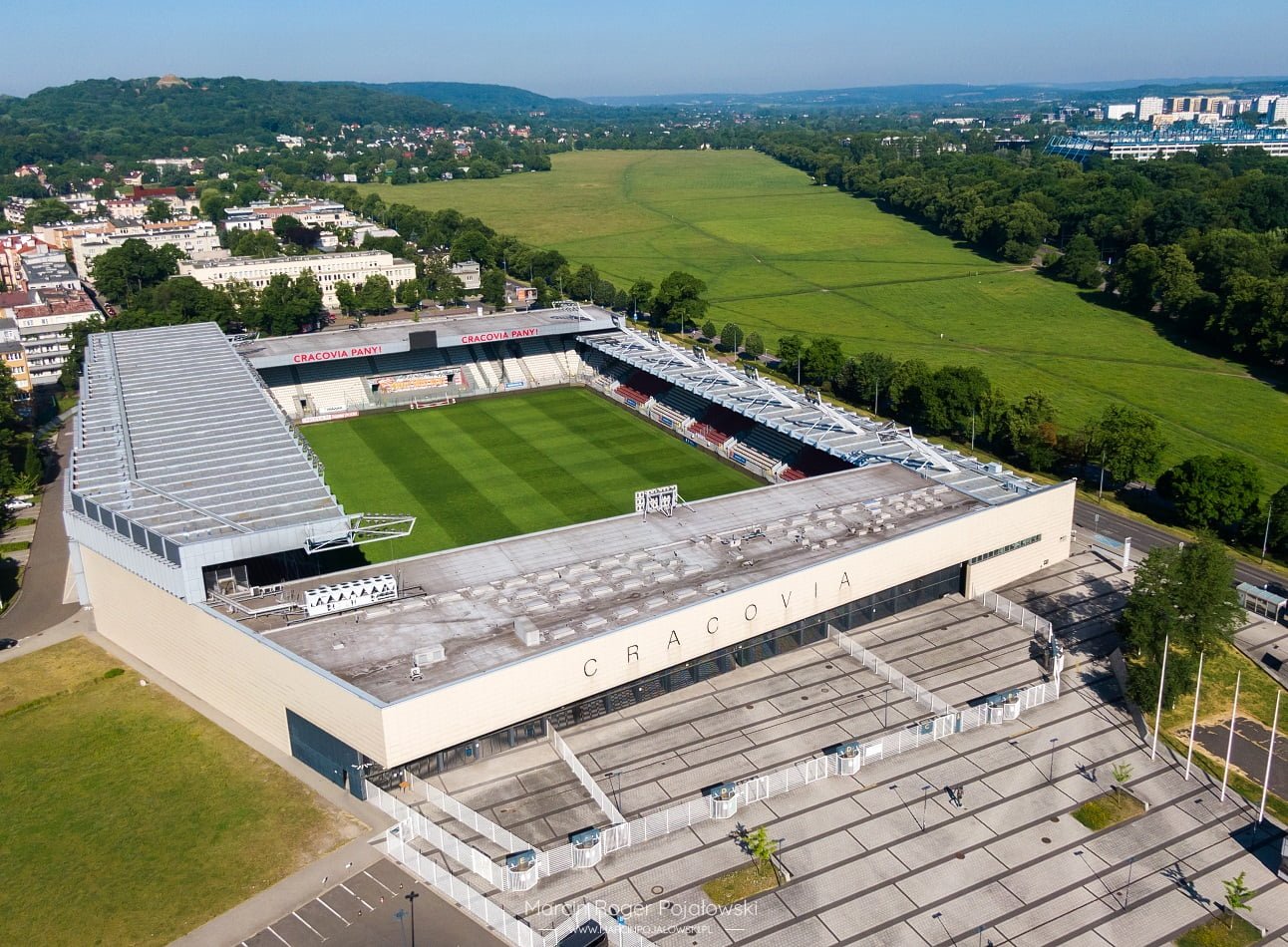Krakow’s synagogues, Krakow’s Jews
Note: text translated by automatic translator DeepL
The first mention of the existence of a Jewish community in Cracow dates back to 1028, but historians are currently unable to write anything more about it. We only know that it was most likely located in the vicinity of Wawel Castle.
We meet the term Jewish quarter for the first time in the oldest book of Krakow, right at its beginning, in a note under the date 1304. The Jewish community was already such an important element of the city at that time that the nomenclature of the time reflected its existence. Another important source is a note from 1317, informing about a wall opposite the Jewish colony, which separated two points of the Krakow agglomeration related to its inhabitants, the Jewish street, located inside the fortifications, and the Jewish cemetery, located outside them, by the mills on the Rudawa River. The boundaries of the first Jewish quarter can only be partially reconstructed. The Jewish street ran from the Market Square to the walls, where it was closed by a gate, mentioned in the sources for the first time in 1366. Until the end of the 1360s, Jews resided in the part of the street closer to the walls on the left, going from the Market Square, and in the adjacent area enclosed by Garncarska (Dove) Street, the medieval-unnamed present-day Jagiellońska Street (on its section between St. Anna and Garncarska) and the wall. Historians now estimate that Krakow’s Jewish community in the first half of the 15th century numbered no more than 500-600 people. Until 1400, that is, until the location of the university college standing on the corner of St. Anne’s and Jagiellońska streets, the only Christian institution on the Jewish street was the parish church (now St. Anne’s Church). Mentioned for the first time only in 1356, the synagogue stood at the end of the street, on the site of today’s Nowodworski Collegium, on a plot of land opposite St. Anne’s Church. In 1400, by royal decision, the former Pechers’ tenement became the first seat of the renovated university.
The effect of increased religiosity, caused by the monstrous plague pandemic in Europe (1348-1350), became pogroms against Jews, wrongly suspected of spreading it. Unfortunately, this horrific fashion reached, with some delay, Poland as well. The first pogroms of Jews in Krakow took place in 1369, 1407, 1454, respectively. Jews began to live worse and worse in Krakow. Under the treaty of 1469, they were forced to move to the area of today’s Szczepanski Square, making way for the Krakow Academy. However, this was not the end, in fact only the beginning of the long road of resettlement to which Krakow’s Jews were to be subjected over the centuries. In 1485, in order to remain in Krakow, the Jews relinquished their right to trade and make crafts, and thus usury was left to the rich and begging to the poor. They would no longer be allowed to engage in trade and mediate in commercial activities between merchants and the Christian population. They were, however, allowed to sell only those things that had been pawned and not redeemed by the Christians with them, and therefore passed into their ownership. However, they had to prove this under oath.
In 1494, a terrible fire broke out in Krakow, the center of which was near the New Gate and spread, all the way to Szewska Street. The gates of St. Nicholas, Florianska Street, Slawkowska Street, St. Mark’s Church burned down and the crowd during the fire rushed to Jewish apartments and stores and began to loot them. Many Jews were killed during these riots. Jan Olbracht locked up the Jewish elders under pressure from the mob, making them, as it were, responsible for the acts of the Jews of Krakow! Thanks to the intercession of Philip Kalimach, the elders were released and the King looked at the Jews a little more favorably. However, the townspeople pressed on, finding support among the clergy. The bishop of Krakow wrote to the King;
“my heart bleeds for this injustice to God, for the offense to the name of Christ, for this priceless boldness of the Jews, to whom it is not enough that they suck the blood of Christians, or steal Christian children – then declared holy – to slaughter them, but with their dirty hands they carry out even more horrible crimes, so that without pain and without trembling I cannot write about it. (…) And shouldn’t the incidents that heaven has heaped upon us be a warning to us: The blood-soaked fire of Krakow, the unbelievable floods, the plague, the captivity of so many thousands, the desolation of the lands, the enemy on our necks … Indeed, I fear lest the prophecy preached here years ago by Father Capistrano come true!”
The reverend’s voice prevailed and the Jews of Krakow were banished to Kazimierz. What happened to their property, the sources are silent.
A few words about Krakow’s synagogues, at least the largest and most magnificent ones:
April 17, 1389 was the first day of a two-day pogrom against Prague’s Jews by the city’s Christian community. The events resulted in the deaths of hundreds of Jews. After these events, many of those Prague Jews who survived left Bohemia and chose Krakow as their place of settlement. It is their arrival that is associated with the establishment of the Old Synagogue, which certainly functioned as early as 1407.
The Old Synagogue, located at 24 Szeroka Street (now housing the Museum of Krakow), is a symbol of the history and traditions of Krakow’s Jews, as it was the central hub of Jewish religious life in Krakow until the outbreak of World War II. In 1557 the synagogue was almost completely burned down, by the way, this was not the only fire in its history. Quite soon it was decided to rebuild it, but in an altered style, giving it a Renaissance character in keeping with the spirit of the era. Despite the rather far-reaching changes, the synagogue’s two-nave layout was preserved, the cross-ribbed vaults were restored and the walls were raised, topping them with an arcaded attic. Construction work lasted until 1570, and the synagogue building had to wait many years for another major renovation. It was not until 1900, due to its very poor technical and visual condition, that the Old Synagogue Reconstruction Committee was established. Multi-phase construction works were carried out in 1904 – 1914 and 1924 – 1925 and significantly improved the condition and infrastructure of the synagogue, adding a Neo-Renaissance element to its unique architectural consistency. During World War II, the Germans premeditatedly devastated the synagogue, arranging warehouses in it. Liturgical equipment, archives and the priceless library were stolen or destroyed. The synagogue was also ruined technically and architecturally. Between 1956 and 1959 the Old Synagogue was rebuilt, restoring its unique appearance. The renovation was fully financed by the state budget. In 1958, the Krakow Congregation of the Mosaic Faith solemnly handed over the synagogue for museum purposes.
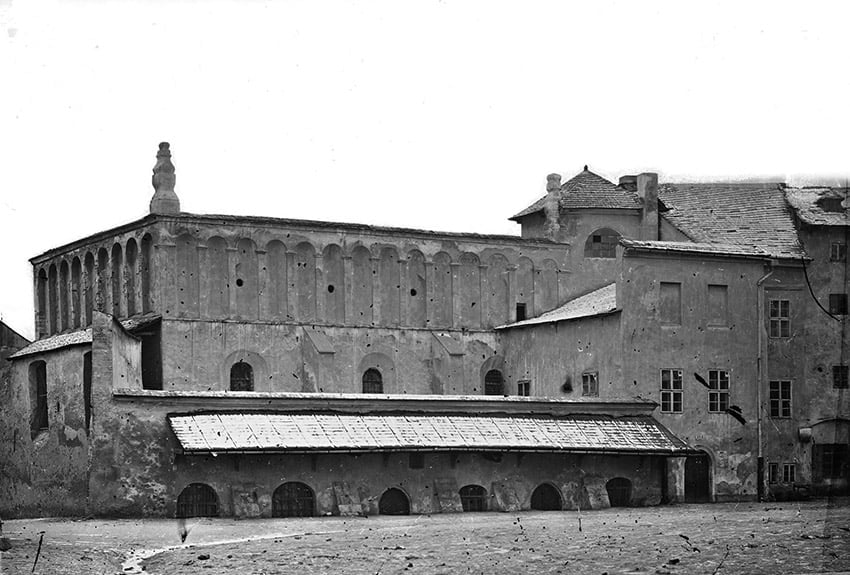
The High Synagogue, located at 38 Józefa St., was built around 1556 under a privilege from Sigismund II Augustus, with funds from an unspecified donor. Its construction can be compared to the synagogues that were established in the Venetian ghetto, where successive floors were added to a residential house for use as a synagogue. Undoubtedly, for Central European conditions, this is a unique synagogue building. During the Swedish Deluge, the synagogue was significantly damaged, however, after these tragic events, restoration was undertaken. At the end of the 19th century, a building was added to the High Synagogue (now 36 Józefa St.), with a babiniec on the first floor and an additional prayer room. Like all Krakow synagogues, the High Synagogue was also devastated by the Germans during World War II and robbed of its precious liturgical furnishings. After the war it housed warehouses within its walls. In 1966 the authorities handed the synagogue building over to the PKZ (Monuments Conservation Workshop), which carried out appropriate renovation, thus saving this unique monument. In order to adapt the building to new tasks, a number of construction changes were made: a staircase and additional entrances were made, the vaulting of the main hall was changed, and just then a glass structure on the roof, so characteristic of the building, was added. In 2008, the High Synagogue building was partially reclaimed by the Jewish Community of Krakow.
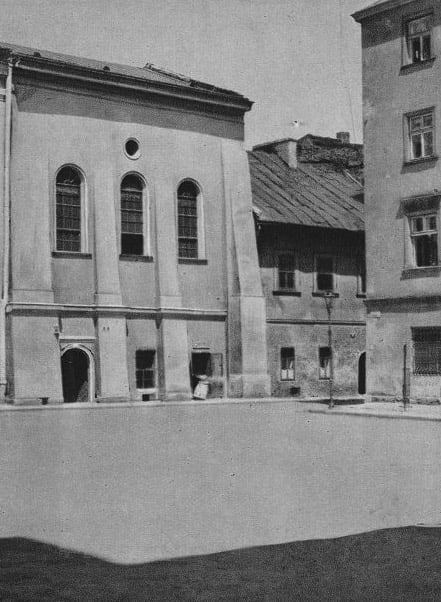
At the intersection of Kupa, Izak streets is the beautiful 17th century Izak Yakubovich Synagogue.
On April 30, 1638 Izak Yakubovich (Reb Ajzyk rebbe Yekeles) received permission from the king to build a synagogue. Izak Yakubovich was the senior of the Jewish community almost all his life (1608-1647) handing over power already as an old man to his eldest son Moses. Izak ran various businesses: he lent money on pledge, traded in gold, silver and silk. He was commonly called Izak the Rich and ran his store near the Old Synagogue in Kazimierz. Yakubovich lived on the corner of the cemetery, opposite the synagogue he founded – known today as the Ajzyk Synagogue.
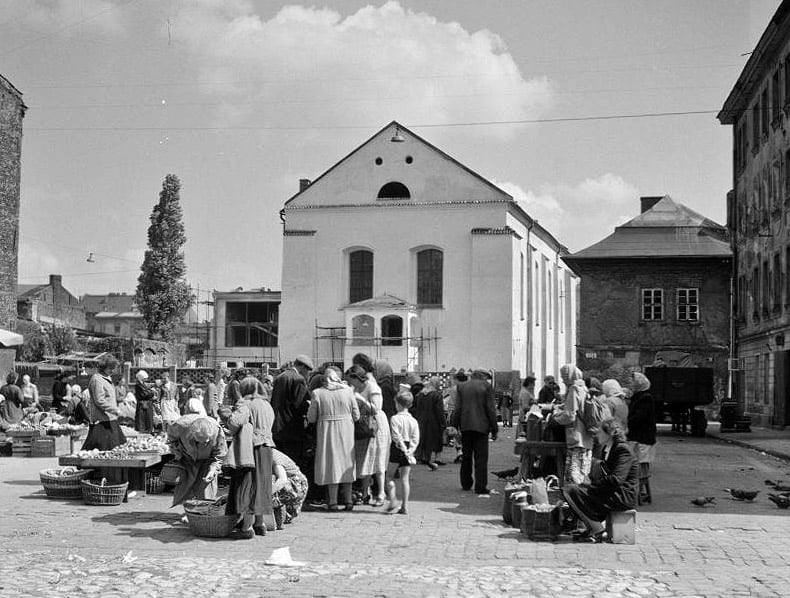
Located at 40 Szeroka Street, the Remu Synagogue is currently the main place of prayer for the Jewish community of Krakow. It was built around 1558 in Renaissance style. Its founder was the merchant and royal banker Israel Isserles Auerbach. He built it for his son – a scholar and prominent commentator on the Talmud, the Kraków rabbi Moses Isserles called Remu (this is an acronym formed from Rabbi Moshe Isserles). It is worth mentioning that the aforementioned Remu was the most famous Jewish scholar in Poland. Next to the synagogue is a Jewish cemetery established in the mid-16th century, one of the oldest in Europe. It is called Remu Cemetery because Moses Isserles is buried there, and on the anniversary of his death pious Jews from all over the world come to the rabbi’s grave. The oldest surviving tombstone dates from 1552 and the newest from 1850. In 1800 the Remu cemetery was closed by order of the Austrian authorities. This decision was made for sanitary reasons, as at that time the authorities were liquidating all cemeteries in the city center. Despite this, there were still a few burials in the later period. During World War II the cemetery was almost completely destroyed. In 1959, intensive cleanup and reconstruction work took place on its grounds, as a result of which many matzevot were found and restored. The cemetery was restored.
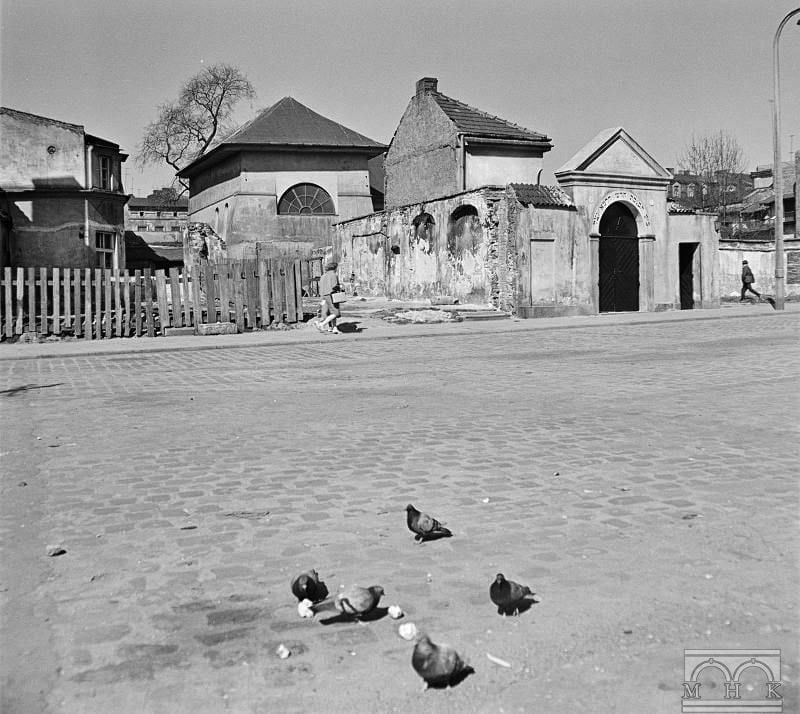
At 16 Szeroka Street is a Baroque building that hides the former Popper Synagogue. The synagogue was founded in 1620 by one of the richest Jews in Kazimierz – Wolf Bocian, or Wolf Popper. Through his marriage to Cyrla, daughter of the wealthy Krakow merchant Judah Leib Landau, and his business sense, he quickly rose to a great fortune. After Bocian’s death, an inheritance battle began in Kazimierz, as a result of which this richly decorated synagogue was given to the Jewish community in Kazimierz around 1653. Popper’s synagogue did not undergo any significant renovation until 1827, when a babiniec was added, the roof and stairs were rebuilt, and the synagogue’s courtyard was then separated by a gate, which survives to this day, from Szeroka Street. The synagogue was renovated many more times. During World War II the Germans did not spare this synagogue either, severely devastating this unique monument. After the war, Jewish repatriates from the Soviet Union lived in the synagogue premises for several years. In 1956, the municipal authorities earmarked the building for a community center, evicting the congregation, which immediately successfully protested the decision. A major renovation of the synagogue was carried out between 1964 and 1967. After the renovation, already with the permission of the Congregation of the Jewish Denomination in Krakow, the Popper synagogue building was for many years one of the seats of the Old Town Youth Cultural Center. It is now owned by the Jewish Community of Krakow, and since 2017 it has housed the Austeria bookstore.
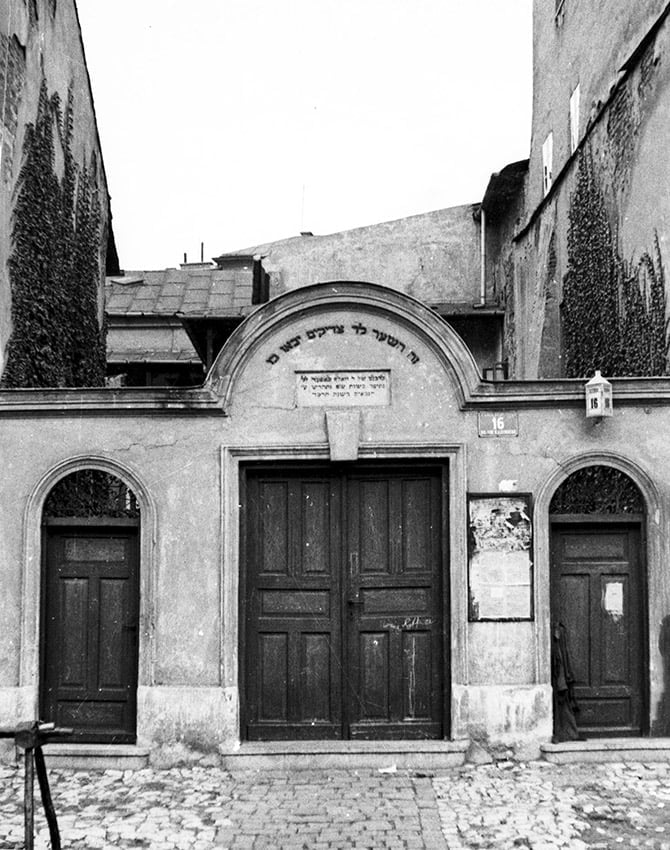
Another synagogue important to the Jews of Krakow is the Kupa Synagogue, which is located at the northern line of the former defensive walls of Kazimierz, on the property between Warszauer and Miodowa Streets. It was erected in 1643 with contributions from Kazimier goldsmiths (the Hebrew word “kupa” means contribution of community members; the treasure of the kehillah, hence the synagogue’s name). It is in the Baroque style, with a simple body covered with a gabled roof, and the only elements indicating its sacred character are the high semicircular windows. It was in this synagogue that a mob broke into it on September 11, 1945 and carried out the last pogrom against the Jewish population in the history of Cracow.
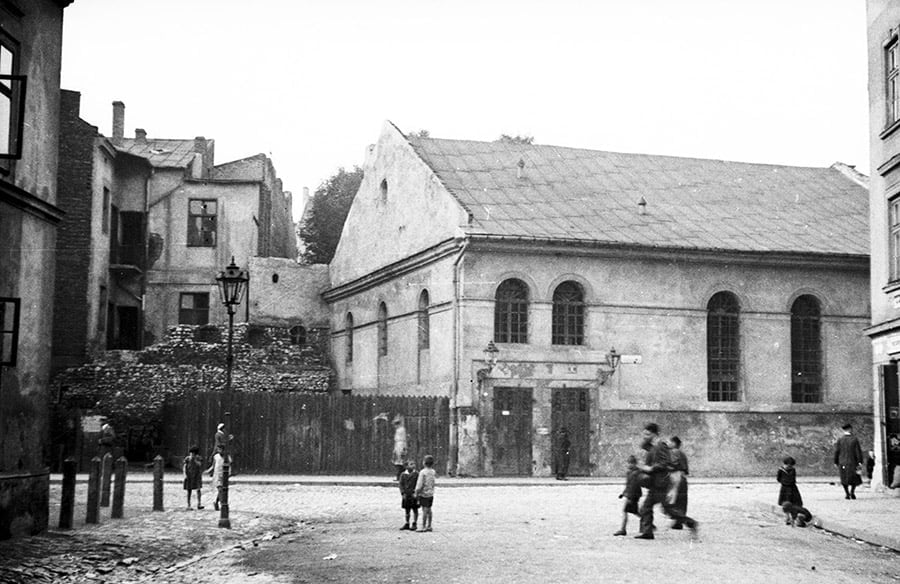
Krakow’s most recognizable and representative synagogue, and at the same time the newest, is the Tempel Synagogue, located on a corner property at Miodowa and Podbrzezie Streets. The building was built between 1860 and 1862, and is eclectic; neo-Renaissance with Moorish-style elements. The Tempel synagogue includes a mikvah on its property, with an entrance from 1 Podbrzezie St. The Tempel synagogue hosts celebrations of Jewish holidays and other important ceremonies, to which many guests are invited; representatives of the city and provincial governments, universities, representatives of various denominations, Krakow’s Jewish community and supporters.

You are probably surprised why all these buildings survived World War II? Kazimierz, with its unique synagogues, survived because the Germans wanted to put government buildings in its place after winning the war. They simply didn’t see the point in demolishing something they thought might still be useful as a warehouse.
The Old Synagogue past and present
Below is a comparison of the changes that have taken place over time in the appearance of the Old Synagogue. Archival photo from the collection of the Museum of Cracow by Ignacy Krieger from around 1870, and a contemporary one.
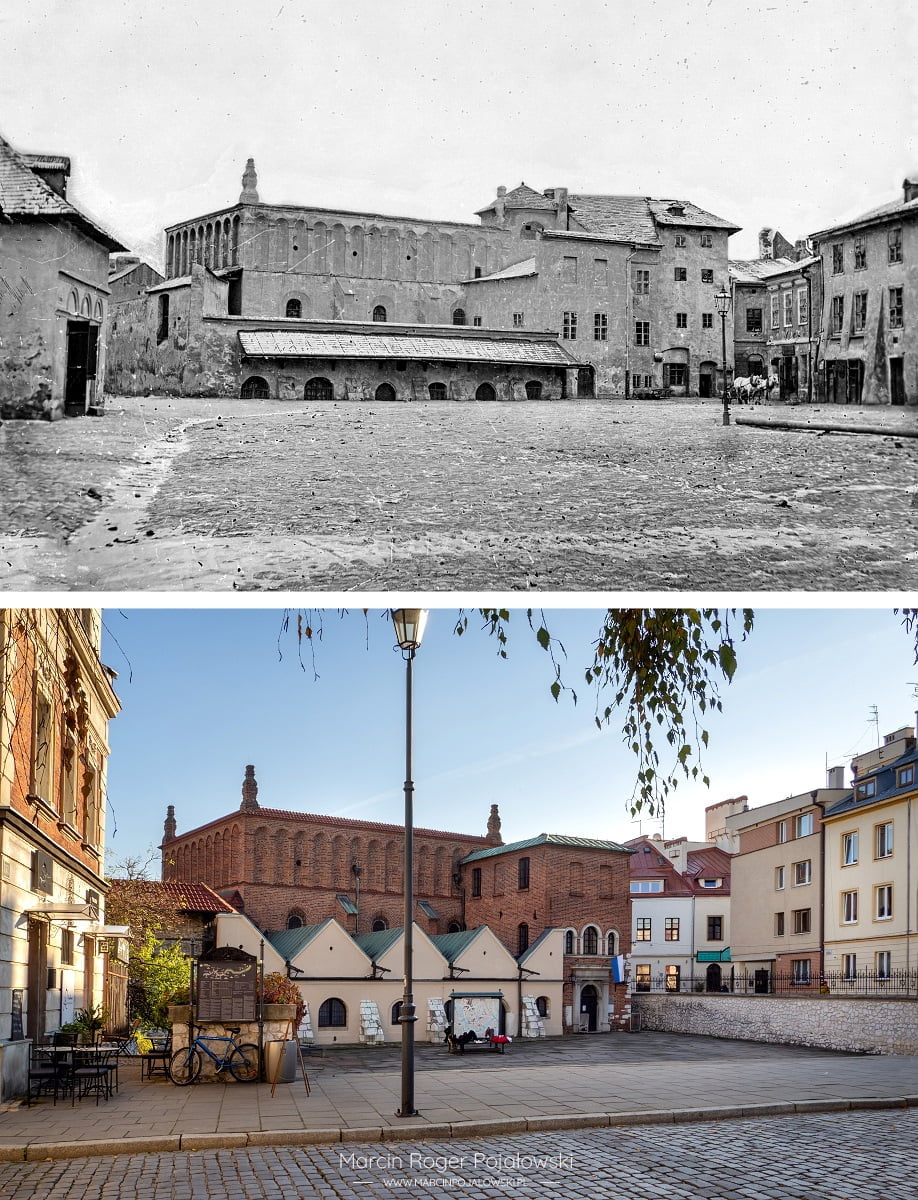
Gallery Krakow synagogues photos from drone

